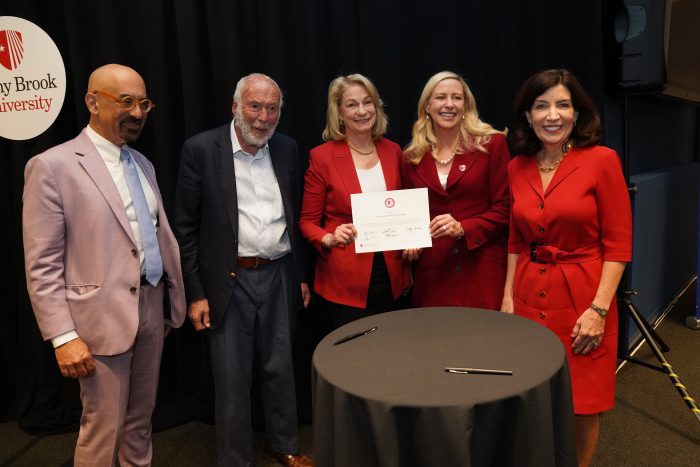
By John Broven
How should I travel to the recent Association for Recorded Sound Conference in Pittsburgh? Although the air flight from New York is short, I was shocked when I found the round trip would cost up to $500. A 430-mile car journey didn’t come into consideration.
Following a quick call to Amtrak and after negotiating the inevitable automated messages, I was quoted a return fare of $133.20 on the daily Pennsylvanian train.
After checking the Long Island Rail Road app, I found the connections between Stony Brook and Penn Station were workable, even if it meant all-day journeys to and from Pittsburgh on a Wednesday and a Sunday. I had the time.
With the booking made, I wondered how much extra a business-class seat would cost. When I was quoted $116.40 for the privilege, I accepted with alacrity. Why not travel in comfort? The total outlay was still half the price of an air flight without the hassle of going through LaGuardia Airport and the rest.
The 7:43 a.m. train from Stony Brook arrived on or close at Penn Station. After a short hike through the building site that is one of the premier U.S. rail stations, I arrived at bustling, brand-new Moynihan Train Hall in plenty of time for the 10.58 a.m. Amtrak train to Pittsburgh. We headed south on a perfect sunny day through New Jersey to Philadelphia before we veered west via Lancaster and Harrisburg. “This beautiful farming countryside is Trump country,” I mused to myself.
With a compelling book to hand, Mack McCormick’s “Biography of a Phantom: A Robert Johnson Blues Odyssey,” detailing the author’s travails through 1960s Mississippi in search of family and friends of the country blues legend, the hours flew by.
The business-class carriage was located next to the café car. The meals were hardly haute cuisine, rather adequate comfort food that was washed down with acceptable Pinot Grigio wine.
At one point, the conductor excitedly announced that we were approaching the World Famous Horseshoe Curve where Irish immigrant workers in the 1850s had constructed rail tracks from the side of the Allegheny Mountains. It was a sight I would never have savored from 35,000 feet in the air.
On past Amtrak trips, my trains had been held up for longish periods by freight convoys, including the Tropicana orange (blossom?) special from Florida. Passenger trains, it appeared, were playing second fiddle to the more profitable freights. For certain, Amtrak has suffered for years from underinvestment, lack of political will and poor reputation.
Still, our train, due in Pittsburgh at 7:58 p.m., was only 10-minutes late on a mellow sunlit evening. “Are there any taxi cabs at the station?” I asked the ever-polite conductors on my first visit to the reinvigorated Steel City. “Never seen any,” they said in unison.
With my Uber app on the blink, I tried the iPhone map and was delighted to find it was just a 10-minute walk up Grant Street to the conference hotel.
The closeness should have been no surprise. Amtrak rail and Greyhound bus stations were invariably built in or near city centers, not miles away on the outskirts. I found out later that taxi fares from the airport cost $60.
The music conference, after the pandemic hiatus, was good. Aside from seeing record-collecting and archivist friends old and new, there were excellent presentations on Harlem’s Apollo Theatre, pioneering blues pianist Leroy Carr and Pittsburgh disk jockey Porky Chedwick. A personal highlight was seeing the film, “How They Got Over: Gospel Quartets and the Road to Rock & Roll,” including a stunning black-and-white clip of the Consolers husband-and-wife duet from some 60 years ago.
And so the return journey to New York, starting out at 7:30 a.m., was more of the pleasant same, although on this occasion the Horseshoe Curve view was obliterated by, you guessed it, a freight train coming in the opposite direction.
Downhill with LIRR
The scheduled 4:50 p.m. Amtrak train arrived some 10 minutes early at Penn. There was a 5:10 LIRR train which meant a modest wait at Huntington for a Port Jeff connection but it avoided another change of train — and track — at Jamaica.
From here on, the journey went rapidly downhill. My trolley bag, indeed any suitcase, would not fit into the overhead rack. There was one pull-down seat but the space was taken up by a bicycle zealously guarded by its owner. I knew I would not be permitted to block the carriage walkway with my case. What to do? Luckily, a kind lady from Hudson Valley, on her way to JFK airport and London, made room for my bag — and me.
Consider this: LIRR is serving one of the world’s major airports yet is almost totally commuter focused. There is little or no thought given to travelers and their luggage. “Oh, for Amtrak’s business coach class,” I thought.
We arrived at Huntington on the opposite platform to the scheduled Port Jeff departure. “Use the elevator,“ the conductor helpfully announced. Not so fast. The contraption had broken down, not for the first time in my experience. And so I had to haul the trolley bag and myself up and down one of the long footbridges.
The train eventually limped into Stony Brook “on time” at 7:34 p.m. My journey from New York, allowing for the 36-minute stopover at Huntington, had taken 2 hours, 24 minutes — in the year of 2023. High-speed rail, anyone?
Is there any better argument for the electrification of the Port Jefferson Branch line – which services prestigious and populous Stony Brook University — along with a complete review of the LIRR system? How long are North Shore residents going to put up with a third-world rail service? Will the proposed Lawrence Aviation rail yard at Port Jeff Station happen? Yet there is no sign of any positive movement in the Metropolitan Transit Authority capital budgets, as the aging diesel trains continue to pollute the environment and potential riders take to the road in this age of climate change. I cannot forget I was spoiled by superefficient European trains in my younger life. America is a wonderful country, as I saw on my trip to Pittsburgh, but it deserves a better rail system everywhere. Meanwhile, our local elected officials — state, county, town, village — of every stripe should continue to lobby LIRR, MTA and Gov. Kathy Hochul (D) for a 21st-century railroad for the future benefit of us all.
John Broven, originally from England, is a copy editor with TBR News Media, and author of three award-winning American music history books.


























